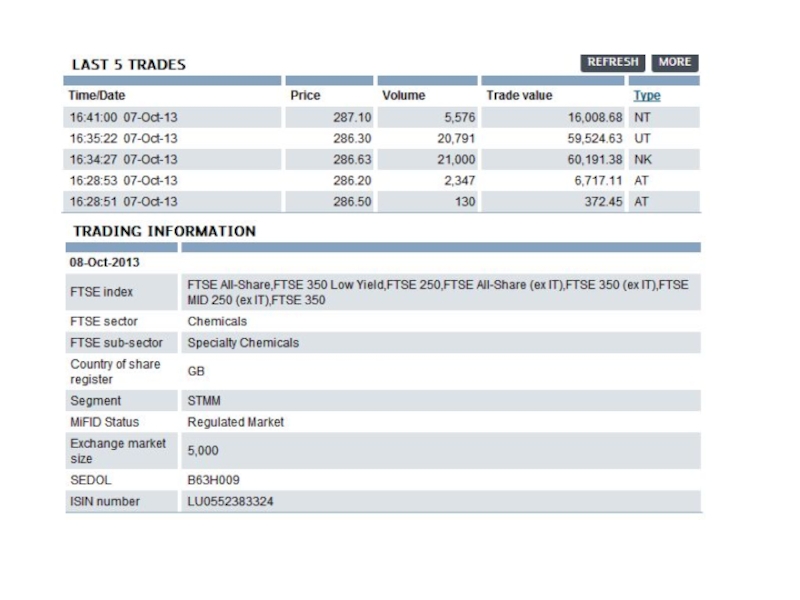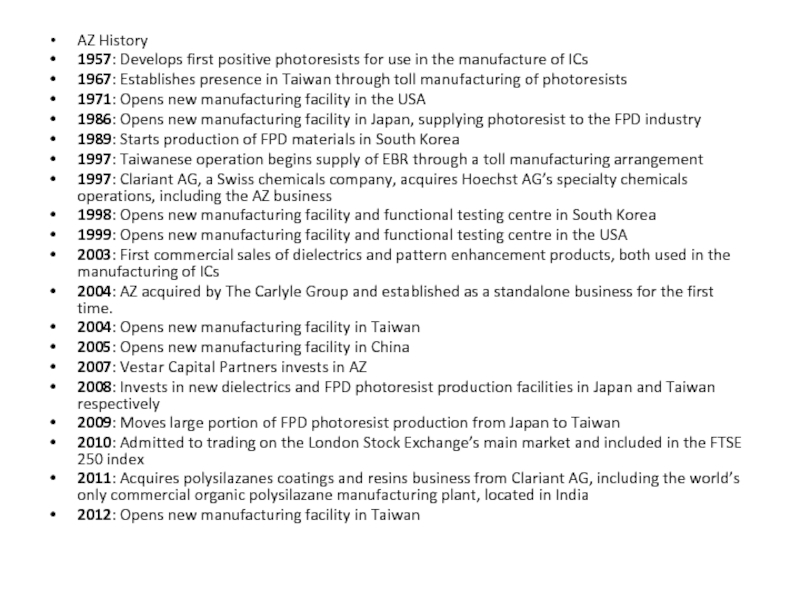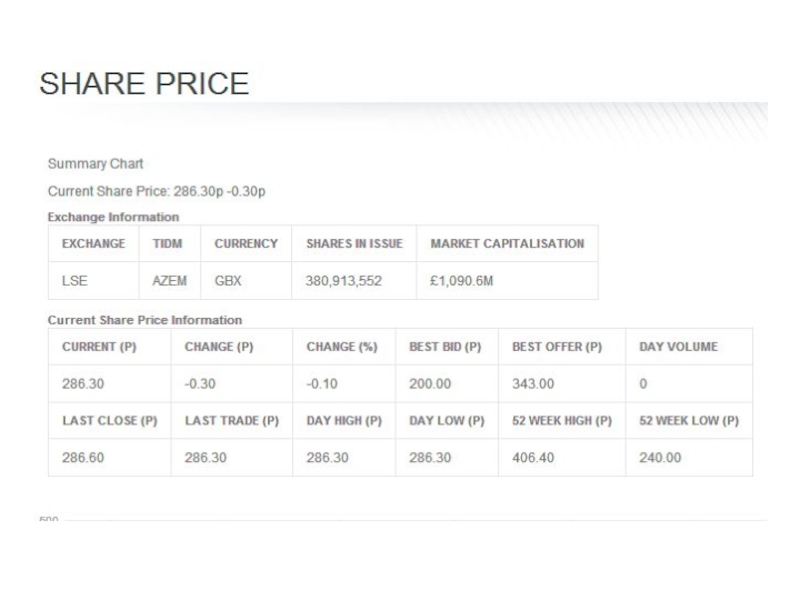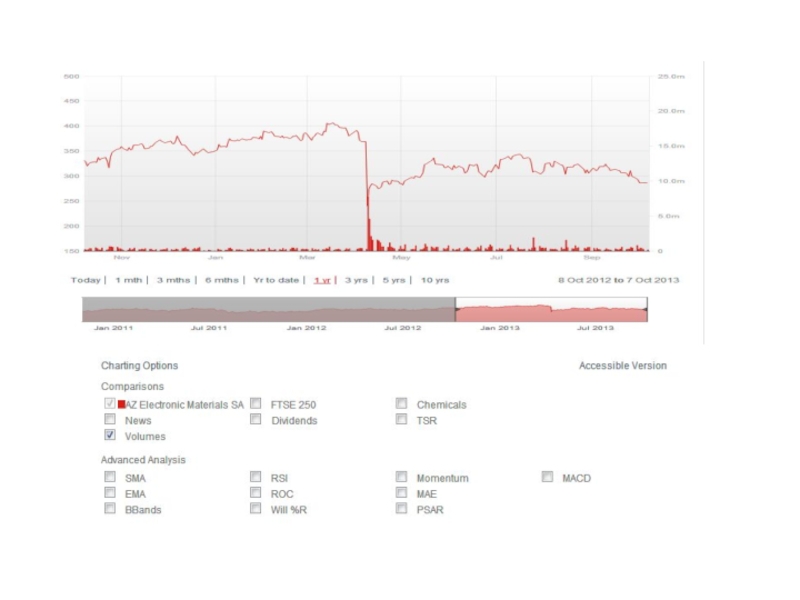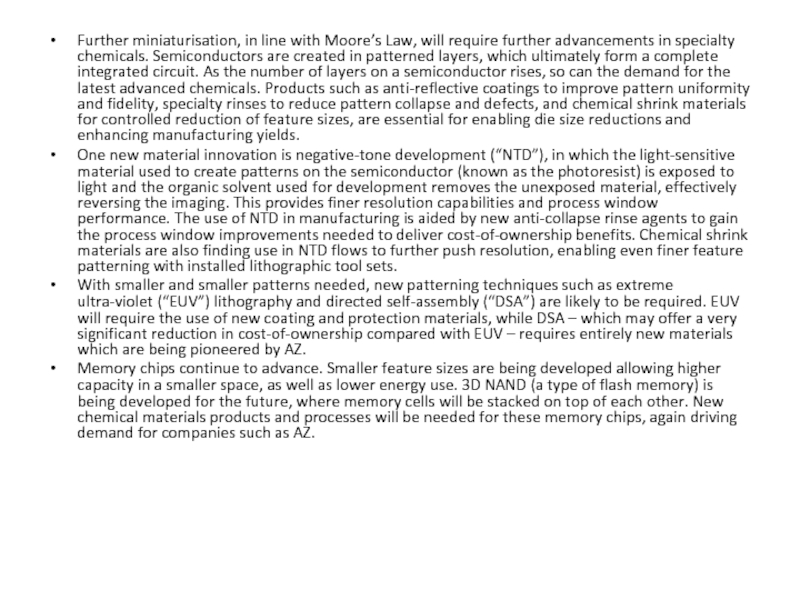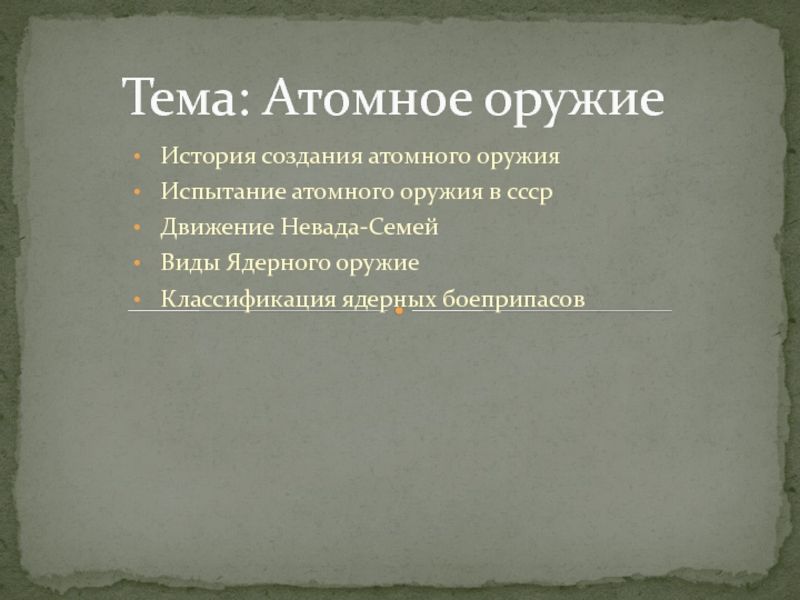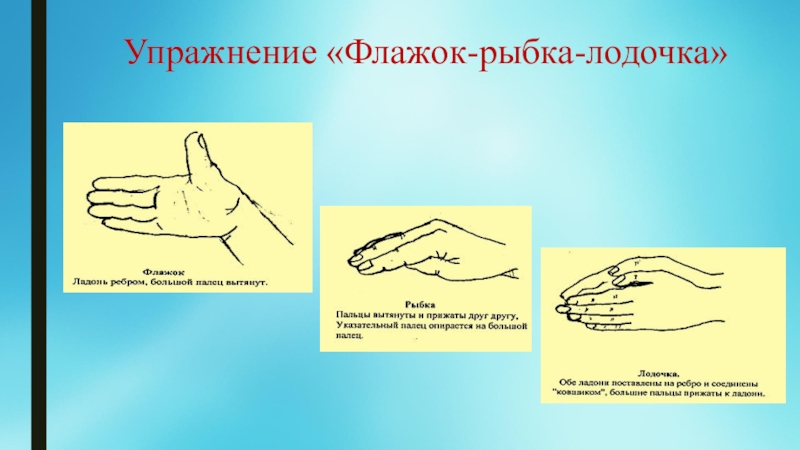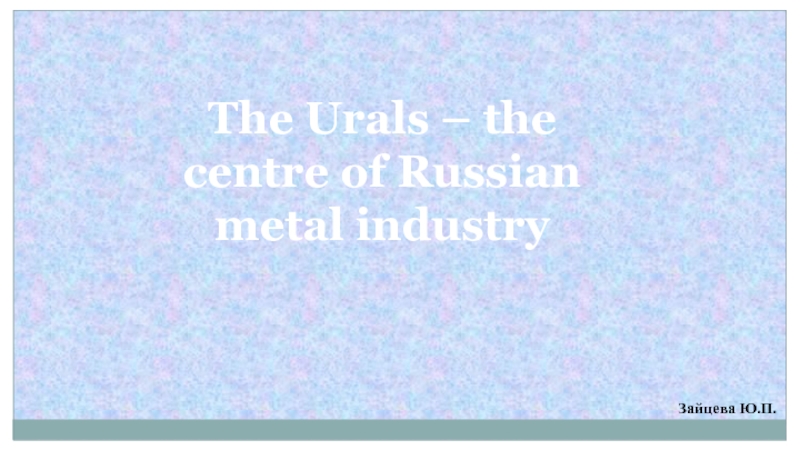a leading global producer and supplier of high quality, high-purity
specialty chemical materials, operating in the high growth electronics market. Its materials are widely used in integrated circuits (“ICs”) and devices, flat panel displays (“FPDs”), light-emitting diodes (“LEDs”) and photolithographic printing. AZ is a critical partner to the leading global electronic players because our chemical technology allows them to enhance existing processes and enables them to innovate new products. This is critically important in the “digital world” where there is increasing global demand and a drive towards smaller, faster, more powerful and less expensive technology. AZ operates in 10 countries, namely China, India, South Korea, Taiwan, Hong Kong, Japan, Singapore, the USA, France and Germany. It also has corporate and support services offices in Luxembourg, the UK and Hong Kong, and employs over 1,000 people globally.The AZ business was originally a part of Hoechst AG, the former German chemicals company. The name AZ (pronounced “A-Zee”) is taken from the photoreactive group name diazo, first developed around 1943 and used around 1950 to create photosensitive offset printing plates, and later adapted for use in ICs and FPDs. Ever since, AZ has been at the forefront of photoresist technology, selling the first broadband series photoresists under the AZ® trademark in 1962 and becoming the first supplier of photoresists to the FPD industry in the 1980’s.
AZ’s international expansion and sustained investment in R&D, together with its unique relationship with its customers, are amongst the key factors that have driven the business’ success. The time chart below highlights some key milestones in AZ’s journey to date.
